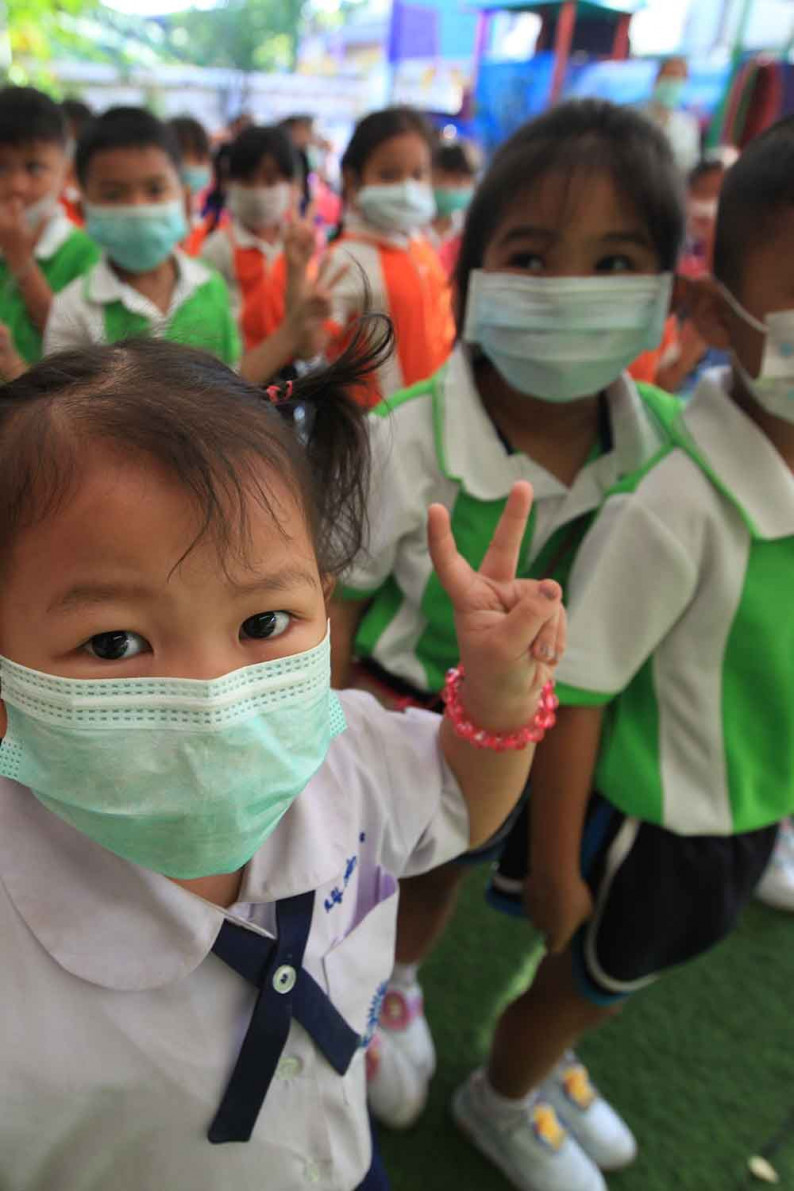
The rapid pace of deforestation, urbanisation and road building are major factors in the spread of infectious diseases across Asia, including the coronavirus, health and environment experts said on Wednesday.
Worldwide, more than 119,000 people have been infected by the Covid-19 coronavirus, which emerged from China late last year, and more than 4,200 have died, according to a Reuters tally.
Coronaviruses are zoonotic diseases or zoonoses - meaning they are passed from animals to humans. Other examples include the Severe Acute Respiratory Syndrome that was transmitted from civet cats, the Middle East Respiratory Syndrome that was passed from camels, as well as Ebola and bird flu.
"Diseases passed from animals to humans are on the rise, as the world continues to see unprecedented destruction of wild habitats by human activity," said Doreen Robinson, chief of wildlife at the United Nations Environment Programme (UNEP).
"Humans and nature are part of one connected system, and we need to understand how it works so that we don't push things too far and face increasingly negative consequence," she said.
Expanding populations and worsening climate-change impacts are putting greater pressure on the land, with deforestation, urbanisation, intensifying agriculture, and resource extraction providing more opportunities for pathogens to spill over from animals to people, the UNEP said in a 2016 report.
About 60% of infectious diseases in humans are zoonotic, as are 75% of all emerging infectious diseases, with land-use changes and shifts in the agricultural industry - including more intense cultivation - being primary drivers, the UNEP said.
"Land-use change, such as the building of roads or cities where once there were forests, creates a chain reaction of ecological, socio-economic, human, and regional fauna impacts," said Karen Saylors, chief executive of Labyrinth Global Health, a Florida-based research organisation.
The demand for cropland and grazing land, and aggressive resource extraction have also resulted in "drastic environmental transformations" including deforestation, she said.
Meanwhile, urbanisation has led to greater population densities in cities, increasing the potential for large infectious disease outbreaks, she added.
This is particularly true of Asia, where crowded cities are often poorly planned and widening inequality increases their vulnerability to disease outbreaks in terms of preparedness and response.
Institutions such as the World Health Organization and the Food and Agricultural Organization have broadened the approach to global health to include "ecosystem health", which considers the influence of climate, plants and wildlife, she said.
The tropics lost 12 million hectares of tree cover in 2018 due to fires and land-clearing, with Brazil, Indonesia and Malaysia among the biggest losers, according to monitoring service Global Forest Watch.
But governments in Southeast Asia are increasingly recognising that local communities are the best stewards of the forest, said David Ganz, executive director of non-profit The Center for People and Forests (RECOFTC) in Bangkok.
"Human health is connected to animal health, but also to the health of forests," he told the Thomson Reuters Foundation.
"Strengthening the land rights of local people through people-centred forestry can reduce the risks of viral epidemics driven by deforestation," Ganz said.
